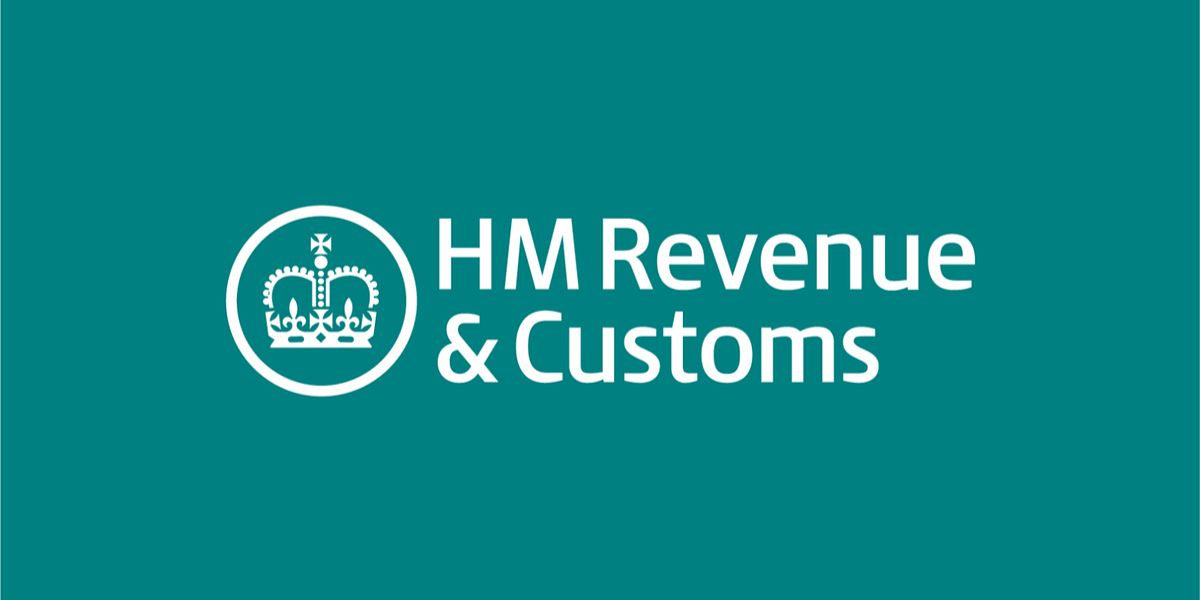On 25 January 2024 HMRC published the results of research that was commissioned by them in relation to customer perceptions of third party educational messaging.
HMRC is considering the value of educational messaging via third party intermediary platforms. This would increase their ability to reach taxpayers with their messages and would enable them to target a focused taxpayer population. The research looked into the question of whether, and how, messaging on third party platforms could give taxpayers support in taking the correct action on their tax affairs at the right time. The research involved taxpayers using online platforms to sell goods, let property or for banking; and conveyancing solicitors using online platforms to complete Stamp Duty Land Tax (SDLT) forms for their clients.
Educational messaging on online platforms
In the case of taxpayers using online platforms, they agreed that the online messages could encourage them to consider the need to register with HMRC and correctly report their taxable income. The taxpayers needed to understand their tax obligations at an early stage, but the messages needed to be applicable and relevant. The perception of a message depended on whether it was understood as legitimate; was received at the right time; was considered relevant; was viewed as helpful; and was seen as important or urgent.
Taxpayers using online platforms to sell goods or let property considered that HMRC branded messages on third party platforms were the most likely to generate the intended response. Non-branded messages on third party platforms or direct emails from HMRC would be less likely to cause the taxpayer to take action. Taxpayers preferred messages of all types that were supportive in tone and provided a link to a page explaining why the message was received, giving clear and simple guidance about when tax obligations apply.
Messaging within the SDLT form
In the case of conveyancing solicitors completing the SDLT form, the purpose of the HMRC messages was to encourage them to pass on information to their clients about tax obligations and reliefs. The solicitors considered that messaging about tax would be most useful at the time when they are first instructed by their clients to begin the conveyancing process. Messaging included within the SDLT form was seen as a final safeguard against errors.
The conveyancing solicitors stated that they would pass HMRC messaging on to their clients if they were received early enough in the process to affect the transaction; they were not under time constraints that meant they needed to complete the SDLT forms at speed or delegate the task; and they considered the tax relief to be relevant to that particular transaction. Their response could also depend on the formatting of the SDLT form itself, which would contain other warning messages.
Conclusions
The research therefore indicated that messages should present the tax information in a way which can be easily shared with the client and should be formatted to stand out from the existing form. Private sector platforms should link to guidance on the HMRC website, which is seen as an accurate and trusted source. The messages should remind conveyancing solicitors that in a transaction related to SDLT it is the purchaser’s choice what to declare and claim.


















